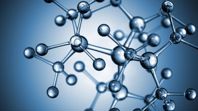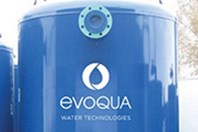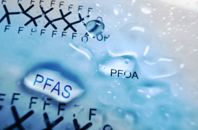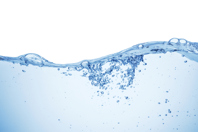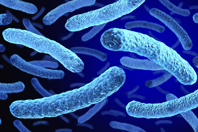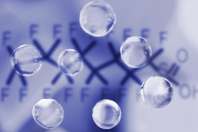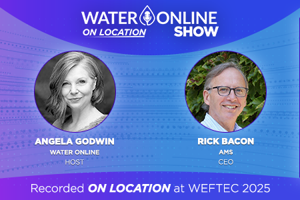CONTAMINANT REMOVAL RESOURCES
-
As utilities prepare for the pending 4-ppt PFAS drinking water MCL, many are discovering that legacy lead/lag designs—workhorses for decades when treating contaminants in the ppm and ppb range—simply are not optimized for the parts per trillion-level (ppt) precision PFAS demands.
-
Ion exchange (IX) is a tried-and-true method of removing metals and other inorganic compounds from water. Arsenic, cadmium, chromium, copper, lead, nickel, selenium, radionuclides, and zinc are just a few examples of the compounds that our ion exchange systems have removed from water.
-
Ozone is a vital pre-treatment for PFAS mitigation. It oxidizes precursors and co-contaminants, significantly extending the service life of downstream GAC and membrane systems.
-
Ozone and UV-AOP each offer powerful contaminant removal for drinking water, wastewater, and reuse applications. Their unique strengths—and potential synergy—help utilities meet diverse treatment goals efficiently.
-
In two bench-scale tests, a new technology effectively removed up to 99% of chlorides and 97% of total dissolved solids in a single pass. This solution offers a commercially viable alternative to traditional treatment methods.
-
Implementing and managing a Legionella control regime can sometimes seem daunting and complex. Invariably, a lot of resources, time, and effort are needed to achieve the required standard and provide assurance to senior management and auditors that controls are effective and those that are not are being managed and rectified appropriately.
-
The most common techniques for disposing of PFAS may no longer be good enough.
-
This article will explore five common misconceptions about GAC and IX technologies for PFAS removal, helping utilities choose effective, site-specific treatment strategies for contaminated drinking water.
-
Drinking water systems across America face a mounting PFAS threat with starkly different capacities to respond. Large urban utilities typically have ample resources to detect and remove these persistent chemicals from water supplies, while small rural systems operate with tight budgets, skeleton crews, and minimal technical support.
-
It is critical to understand the limitations of permanent installations and how a temporary water treatment system can make sound logistical and financial sense.

